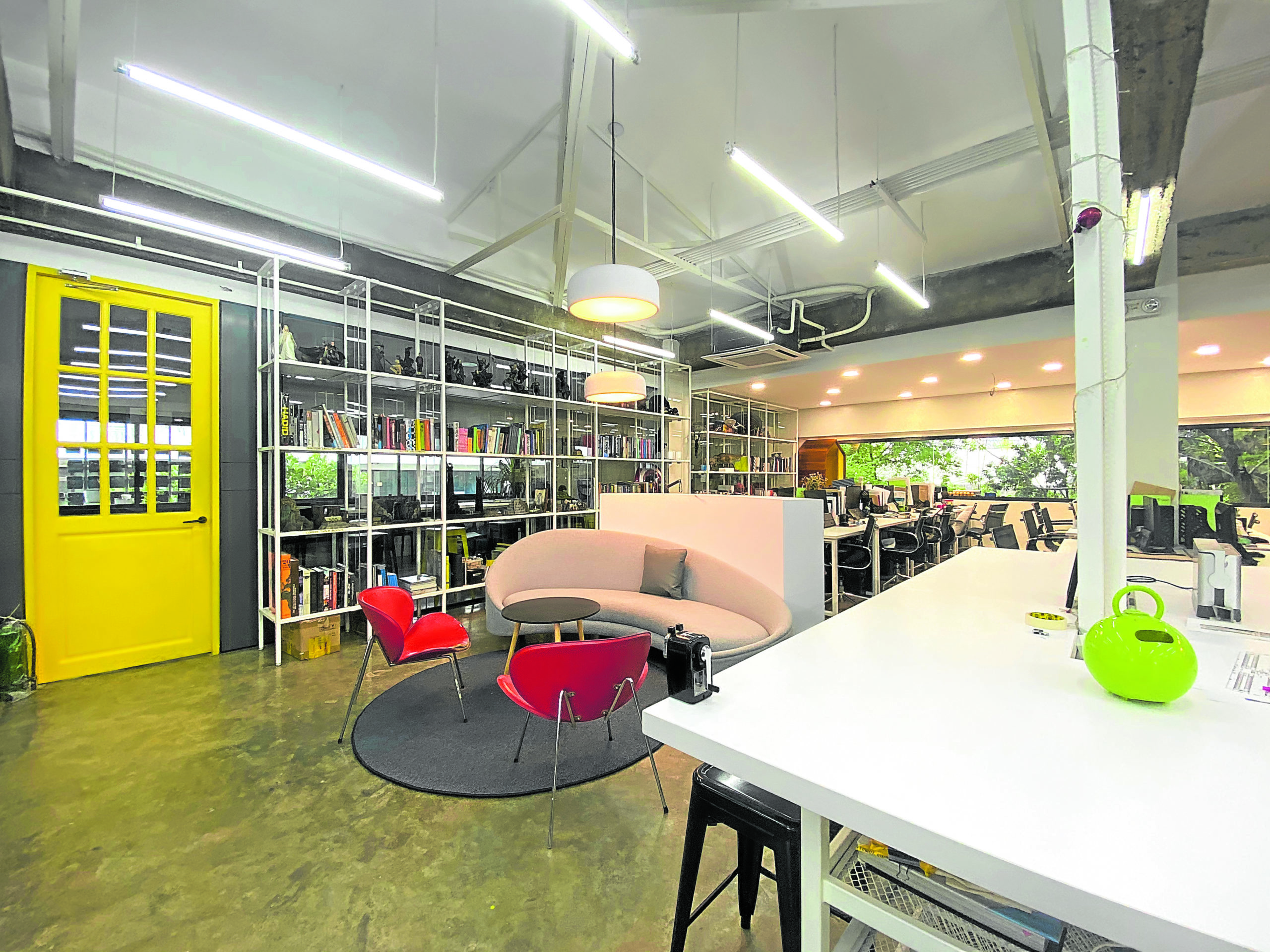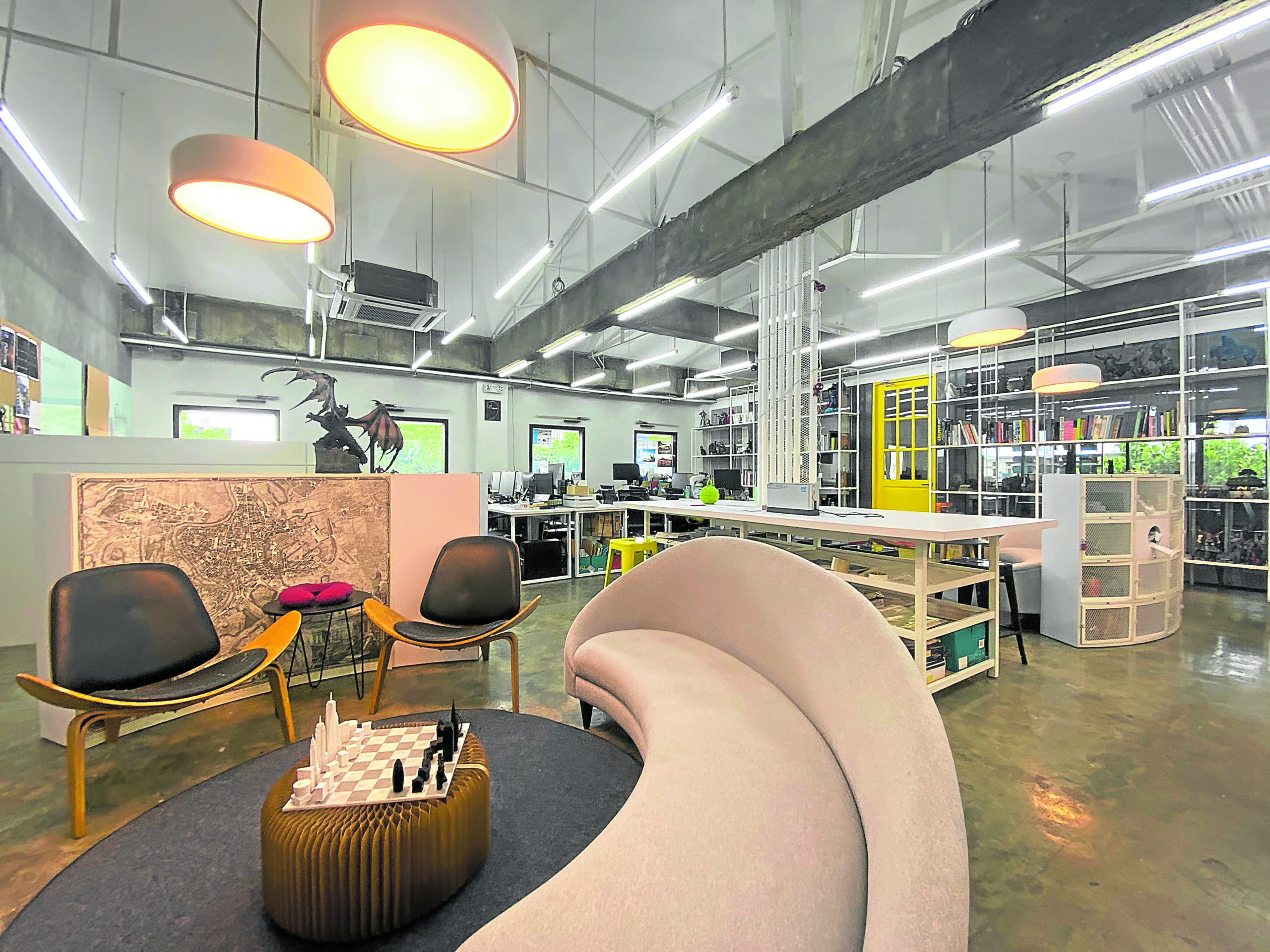The city of tomorrow
(First of two parts)
We are living through a most challenging period in history. The collective experience that all of us are navigating bonds us together with questions about the future of our communities.
As we slowly emerge from the shock of being placed under quarantine for months, we must now reassess how we have built our physical environment and how much more we need from it.
Transient spaces
The density of our cities and the pace of our modern life have made us view our built environment as transient spaces that serve our immediate needs—a sort of wanderlust aesthetic that moves from place to place without appreciating the depth or richness of each.
This pandemic allowed us to slow down and spend more time in and observe, not just our homes, but all the places we need. We lead very human lives with human lifestyles in human societies. We are vulnerable both in body and mind, and the well-being of our people and communities have been taken for granted in the mad rush of our consumer driven society.
Changes
This is an unprecedented time of change and convulsion. It is an opportunity for humanity to reassess the reality of our built environment. COVID-19 has made it highly evident that, for all the bluster and grand promises of our social covenant, the hyper-capitalist pattern of unfettered growth and consumption does not work.
Architecture has long known and pushed for better and more holistic spaces. This period allows us to not just reinforce these ideas, but also explore how we can direct these changes towards a more sustainable environment. We have no contingencies or experiences to fall back on for this pandemic. We can only explore and redefine how we build our communities to better serve the health and well-being of each and every one of us.
Our homes
A couple days ago, I was completely enamored with how many birds were flying around the balcony, amid the backdrop of our city, as I watched the sun set. For many of us, a breath of fresh air as we hang around our balconies and terraces, has been the highlight of our days over the last few months.
We have spent so much time in our personal bubbles that we practically developed a relationship with each wall and piece of furniture. We have become explorers of our own homes, trying to find the best lighting for painting or sketching, or the most quiet spaces for web meetings. There is beauty in domestic spaces.
We found all the delights and deficiencies of our homes, and have come to realize that we are all unique individuals with particular needs, and one size does not fit all. What do we need? We need fresh air and open spaces; functional balconies where you can sit down and relax, sip a cup of tea, or read a book; as well as gardens and terraces that are not merely leftover spaces, but a place unto themselves where we can have a touch of nature in our lives.
Flexible spaces
We are social and private individuals and our needs are not singular. We have moments when we need an open space where we can come together; when we need walls to provide quiet privacy. We need flexible spaces with open desks for work or study. People crave variety and texture in their lives.
We need defined rooms or areas that allow for a multiplicity of experiences in a single day. Most of us cannot live for a hundred days confined in even the most lavish or ideal hotel room.
One of the things this pandemic has taught us is the value of our own homes. Our homes truly are the most important investment we can make. The only place we truly need in an existential way.
As such, we will pour more thoughts and resources into them. We will seek for more nuance and meaning in our spaces. Nobody wants to be cooped up in a sterile cage of four walls and a roof. We will ask for something better and demand it of ourselves and our most immediate environment.

The WTA Architecture and Design Studio office is an arrangement of 15 distinct spaces for a staff of 120.
Our work
Our workplaces are spaces where we create value. We produce, build, collaborate, and create. This has always been the impetus for work. Our workplaces will undergo changes in the way space is utilized. We will require more spaces as we begin to reduce tighter conditions that efficiency constantly dictated. Office and factory floors where individuals blur into a sea of homogenous units will no longer suffice.
We’ve always looked at our own office as a sort of common ground where creative individuals come together to do architecture. A studio space that tries to escape from the strict hierarchy of corporate culture, it is a more forgiving environment that seeks to provide flexibility and adaptability in our constantly evolving workflow. We’ve always thought of ourselves as a growing family. As the studio has grown through the years, it’s become like a clan of multiple related units.
Distinct areas
Offices will have to be clustered into distinct areas where teams can work together in the safety of their private bubble. They will need neutral common areas where people can come together with increased awareness about safety and distancing.
Personal space can be defined by distance rather than barriers. Walls can be used to define space rather than isolate and confine people. Barriers can be visual cues and furniture that delineate space. The primary insurer of wellbeing will be a work culture of trust and ingrained individual responsibility.
One good thing about the pandemic may be the demise of the generic work floor. Ideas and health guidelines borne out of the pandemic can continue to guide us as we move forward.

Wide sweeping balconies that are relevant and functional define the medium density alternative of Twelve Luxury Flats in San Juan
Increasing efficiencies
The history of our cities is defined by people coming together to generate more wealth and productivity. There is no substitute for the vigor and energy of our cities. This is where we work and where we make. We must approach this as an opportunity for us to better increase efficiencies of our communities.
One of the interesting observations we’ve made as we start to ease restrictions and enter a phase of reopening our cities is how immediate this reopening can be for shophouses.
The distance between workplace and home determines safety, if not the efficiency of the workplace. The traffic-congested roads and inadequacy of public transport highlight this, with distance correlating with time and effort, and in turn dictating productivity.
The freezing of public transportation provided us with a reset that will allow us to reassess our drive to build more infrastructure vis-à-vis reorganizing our cities into more rational distribution densities with increased emphasis on personal mobility.
(To be continued)
The author is the Principal Architect and Founder of WTA Architecture and Design Studio


